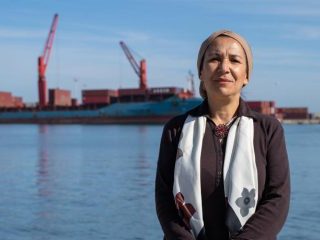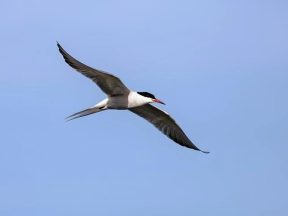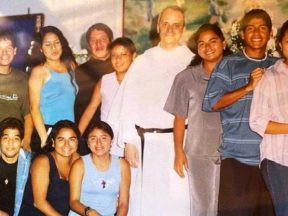Morocco. Rabat. Capital of Lights.
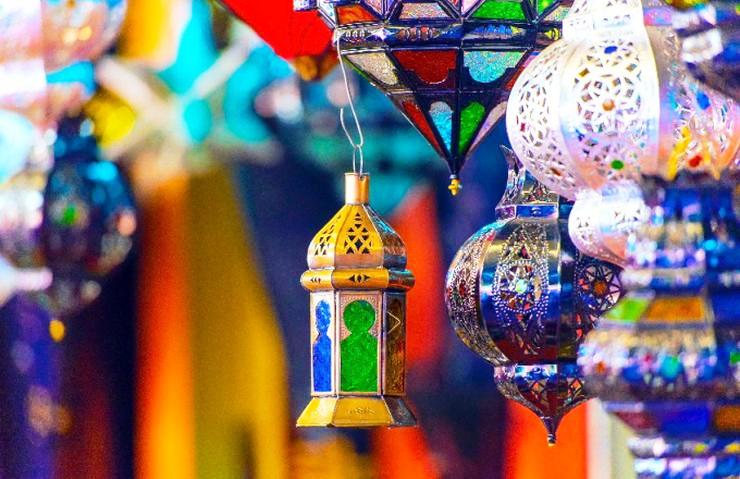
‘City of Lights’, as Rabat, the administrative capital of Morocco, is called. The name is not prosaic, but full of symbolism to describe a city undergoing a complete metamorphosis that tries to show its mastery while maintaining a balance between tradition and modernity. We visit the city.
In recent years Rabat has made an effort to shake off its reputation among Moroccans for being a ‘boring’ city – ‘with inhabitants, most of them civil servants, who go to sleep early’ – unable to match the dynamic economic capital of the country, Casablanca, or Marrakech, the main tourist destination. However, this reputation is undeserved. The coastal city, founded in the 12th century by the Almohads, has much to offer by way of culture and entertainment with the creation of multiple museums, restaurants, shopping centres and entertainment venues.
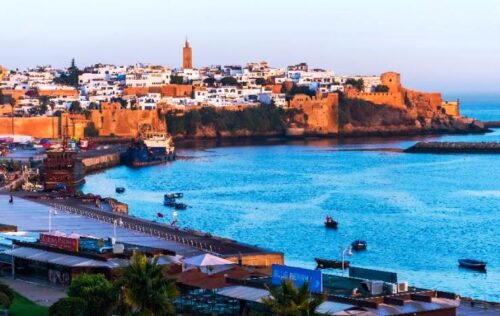
Seafront and Kasbah in medina of Rabat. Photo: 123rf.com
A destination for Moroccans who have administrative issues to settle, and where they turn to solve serious health problems as it has the best hospitals, Rabat is also a social loudspeaker, especially its Mohamed V boulevard, considered a refuge for protests and a stage for performances during national holidays.
This boulevard has been for years the Mecca of Rabatís who wear their best clothes to take a stroll in the area. What has always been the busiest place in Rabat now has rivals: Fal Ould Oumeir avenue, in the Agdal district, and Mahaj, from the luxurious Riad, also called the District of Lights for its illumination at sunset. Both make up the new centre
of the Moroccan capital.
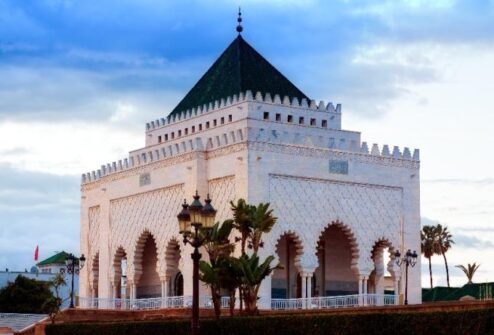
Mausoleum of Muhammed V, Rabat. Photo: 123rf.com
There is no comparison between the current situation and that of 30 years ago in Rabat. The area around the Bouregreg River, which separates Rabat from its sister city Salé, has become an important tourist destination.The famous flouka (feluccas) of river fishermen no longer exercise their former role as a means of transport for officials between Rabat and Salé. Bouregreg was also a place of recreation for young people and children from the popular districts of the old Medina – such as Melah, Boukroune or Souika – who used to swim the river to Salé
to play football.
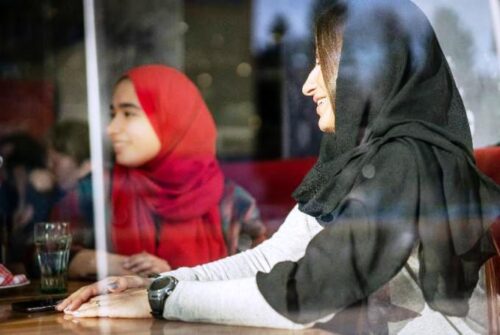
Friends having lunch together in restaurant in Rabat. Photo: 123rf.com
The entire Bouregreg Valley has been modernized with projects such as the Grand Theatre of Rabat, designed by Iraqi architect Zaha Hadid, and the Mohamed VI Tower. The two works have views of the Kasbah of the Oudayas and the Hassan tower, the most emblematic historical monuments of Rabatí, a scenario that shows the new face of modern Rabat that also wants to keep its traditions.
This development has caused an increase in the cost of living without solving the problem of public transport that has arisen in recent years due to the growth of the city. The price of real estate is one of the highest in the country, forcing much of the public administration to rent or buy in Salé. But the inhabitants of the capital adapt as best they can to these problems because Rabat continues to be an elegant, inclusive, and comfortable city to live in.(Open Photo: Traditional souvenir Moroccan lamps.123rf.com)
Fatima Zohra Bouaziz

